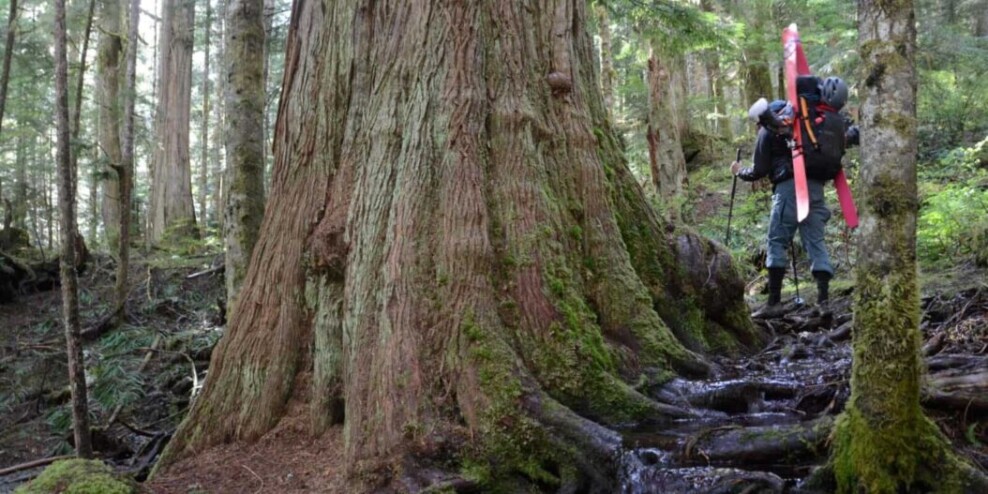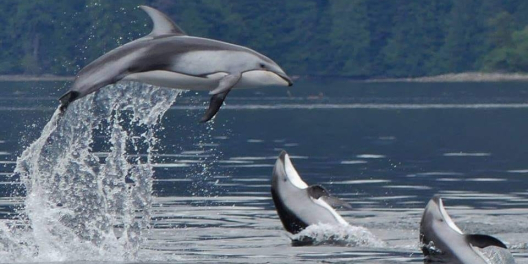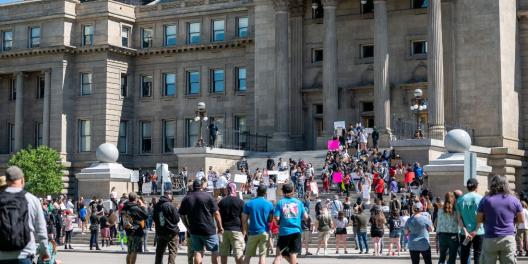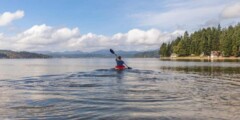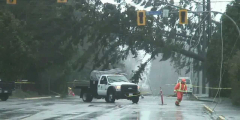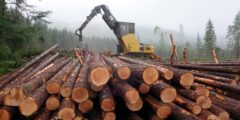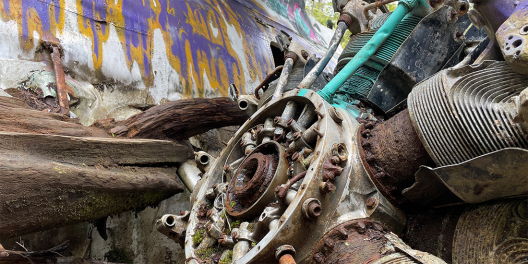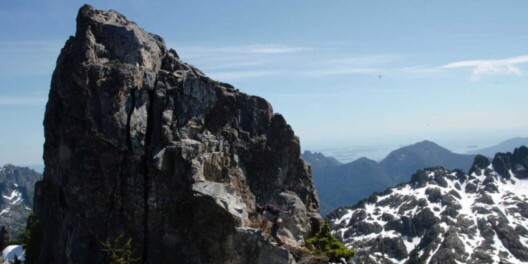The coronavirus pandemic has prompted a boom in outdoor recreation. That’s why this summer more people than ever will likely be lacing up hiking boots and heading into Strathcona Provincial Park.
This 2500 square kilometre Class A park is special for a few reasons; it’s BC’s oldest provincial park, and it’s also a case study of how important citizen watchdogs are in safeguarding the province’s protected areas.
The story behind the park is fascinating, and it has its roots in Canada’s nation-uniting railway building era.
In 1885, Donald Smith, aka Lord Strathcona, and his railway cronies collaborated with the federal government to create Banff National Park, the country’s first national park. Nature conservation was a secondary consideration. Railway execs saw dollar signs in the majestic mountains that surrounded the hot springs found by railway workers bubbling from the lower slopes of Sulphur Mountain. They were right.
The creation of Banff National Park, at first a small reserve around the hot springs, heralded the dawn of a lucrative mountain tourism boom that attracted trainloads of visitors during the golden age of rail travel – a boom that continues unabated today.
Fast forward a decade or so.
In July 1910, Price Ellison, a BC cabinet minister from the Okanagan Valley, set off with his daughter Myra, some university students, a field scientist, a hunting outfitter and three native Cowichan packers to assess Vancouver Island’s rugged interior for park potential.
Though conservation spurred the expedition, Ellison also had grandiose visions of replicating Banff park’s tourism success. He envisioned paddle wheelers on Buttle Lake, shuttling passengers to luxury hotels in mountain valleys. After his trip, Ellison was sold by the scenery.
So BC got its first provincial park, established the following year in 1911, the beginnings of a system that has since expanded to 1,000 protected areas covering 13.5 million hectares, the largest provincial park system in Canada. They even named it after Lord Strathcona.
Despite Ellison’s best intentions, the remote and rugged nature of Vancouver Island sunk dreams of luxury tourism. Instead, we got a wild and beautiful mountain park on the Comox Valley and Campbell River doorstep.
But the park designation didn’t stop the attacks. The Class A status was supposed to provide the gold standard of protection, prohibiting mining, hydroelectric development, and commercial logging activities. But, unfortunately, it turns out the gold standard protection in BC is not as rock-solid as it appears on paper.
If, when it was created, Strathcona was meant to be a cathedral of conservation, cracks started appearing before the mortar had dried. BC’s flagship park has been under attack almost since its founding.
First, mining interests eroded the park boundaries, followed by logging in the 1930s and 40s. Then, the 1950s brought hydroelectricity development within the park to feed the pulp and paper mill in Campbell River. Then, in the mid-1960s, the province permitted Western Mine Ltd to develop copper and zinc claims near Myra Falls at the end of Buttle Lake, setting a new low for conservation in a Class A park. Then in the mid-1980s, the Friends of Strathcona Park (FOSP) narrowly averted a plan to downgrade parts of the park to allow mining expansion.
And the most recent fight was over granting a special park use permit tenure for the now-defunct Clayoquot Wilderness Resort, a $1000 per night plus lodge that wanted to develop trails and camping infrastructure to enable horseback tours in Bedwell Valley for its high-end guests. FOSP won this battle as well.
On the surface, one might wonder what’s the big deal about some privately built horse trails. FOSP treats Strathcona as something sacred because you can’t undo mines and hydroelectric reservoirs. Whenever policies are developed and implemented in Strathcona, they tend to set the norm for the entire parks system.
In the early 1980s, a government-appointed committee mourned the state of the park. The strongly-worded report noted that Strathcona “now embraces a reservoir that was once a lake, logged over forestland that has not been replanted, several mineral claims and an operating mine, a power line right-of-way, and a boundary that defies park principles…” The report went on to conclude that the “Park is, in a word, a mess.”
Is this the price of progress?
If so, then it’s a major blow to the intention of a Class A park.
But, on a more optimistic note, we still have the park because concerned citizens band together and fought interests trying to make a buck.
Chances are no modern government or politician would have the guts to carve off another chunk of Strathcona for industrial purposes as was done in the past.
Primarily because we have tenacious citizen watchdogs at FOSP to hold the government’s feet to the fire when necessary.
